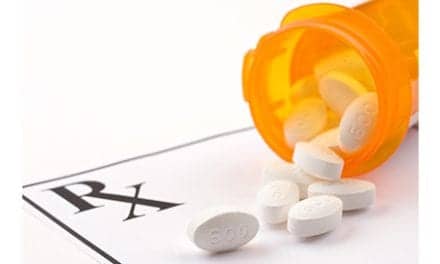In a preliminary study, mouthguards reportedly showed promise in gathering key information that may help improve predictions of mild traumatic brain injury (mTBI).
The study was funded by the National Institute of Biomedical Imaging and Bioengineering (NIBIB).
An NIBIB news release points out that devices designed to measure the force of impact have been implanted in helmets and mouthguards and given to athletes with hopes that they can gather real-time data to predict and prevent brain injury. Yet, researchers are still searching for a standard of head motion measurements that can accurately predict whether or not someone has sustained brain injury. The release says current safety standards use 3 degrees of freedom (3DOF)—up and down, forward and backward, and left and right—to measure the acceleration of impact and work to predict the amount of head acceleration necessary to cause mTBI.
During the study, David Camarillo, PhD, and his team at Stanford University outfitted 31 collegiate football players, two professional boxers, and one professional mixed martial artist with mouthguards built to measure 6 degrees of freedom (6DOF), which includes rotational movement (roll, pitch, and yaw).
The release states that the study included rotational head motion measurements of clinically-diagnosed mTBI in the analysis, allowing researchers to study how to best predict the two cases of mTBI in the 518 measured impacts at 19 different athletic events during the course of 3 years. Researchers were able to gather a set of preliminary data detailing more exact criteria regarding the head accelerations required to cause mTBI, specifically the peak strain in the corpus callosum, which seemed to be the best predictor of mTBI.
Grace Peng, PhD, program director of the grant at NIBIB, notes in the release that while the study was small and further research is needed, it is an “exciting step forward in understanding what needs to be considered to better predict mTBI. The ability to diagnose mTBI at the time of injury could help protect athletes from further brain damage, reducing their risk of neurodegenerative diseases.”
Source: NIBIB




